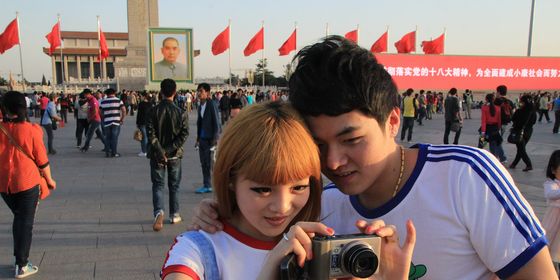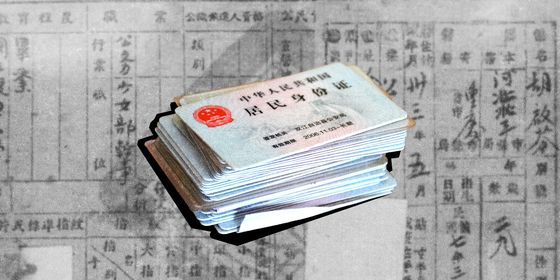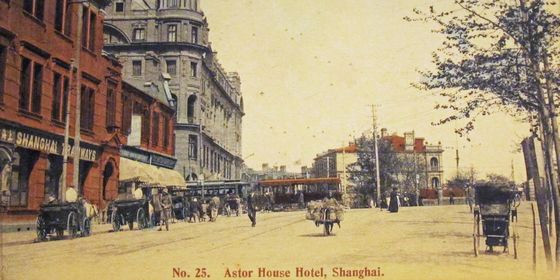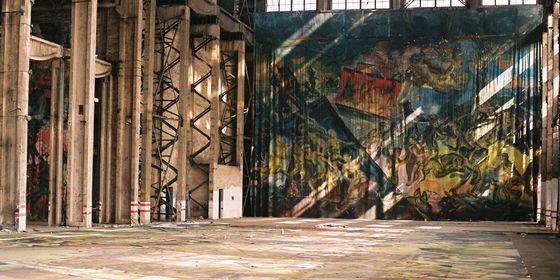Painter Pan Dehai talks with TWOC about the ’85 New Wave movement and the reception of his cute but satiric political works
From his unbearably cute “Fatties” to his somber and malnourished portrayal of street life in his series “The Past,” the works of Pan Dehai (潘德海) arouses a mixed bag of emotions—fuzzy euphoria, but also intense unease, not least due to his juxtaposition of plump and lean, dark and garishly bright.
In the 1980s, Pan co-founded the Southwest Art Research Group, an avant-garde movement summarized by influential contemporary art critic Gao Minglu as looking “backward and inward, through images of distorted bodies or of people living a simple life.” Having fallen in love with the rustic towns and landscapes of southwest China’s Yunnan province, Pan focused on creating contemporary art that spoke to the country’s inner psyche, and stumbled across his now-signature “corn motif”—giving the texture of corn grains to the people, plants, and landscapes he drew.
By the end of the 1990s, the “Corn People” had swollen into the “Fatties.” In Pan’s brush scenes from daily life, as well as images from both real and legendary historical events, emerged tubby characters with stumpy arms resting on well-rounded paunches. On several occasions, Pan has given the chubby treatment to Dong Xiwen’s “Founding Ceremony of the Nation” painting, as well as scenes from the Cultural Revolution, the Long March, and military parades on Beijing’s Chang’an Avenue.
There is something sinister beneath the surface of these roly-poly lumps. When viewed up close, their eyes bulge out of expressionless faces, as if the subject has been lobotomized. Were they normally proportioned, their portrayals in Pan’s art—fighting to get on a bus, or swarming up crowded streets—would appear depressing, even apocalyptic. In previous interviews, Pan has described the “Fatties” as an ironic commentary on the modern world: its worship of consumerism, its neglect of both ideology and individualism. It feels like the grinding smog-bound industrial towns of L. S. Lowry have been given the Botero treatment, puffed up to comic proportions as an absurd commentary on Chinese visions of plenty.
Below is TWOC’s interview with Pan, edited for brevity and clarity:
Children of the Corn: How Pan Dehai’s “Fatties” Distort the Past and Present is a story from our issue, “Upstaged.” To read the entire issue, become a subscriber and receive the full magazine.













